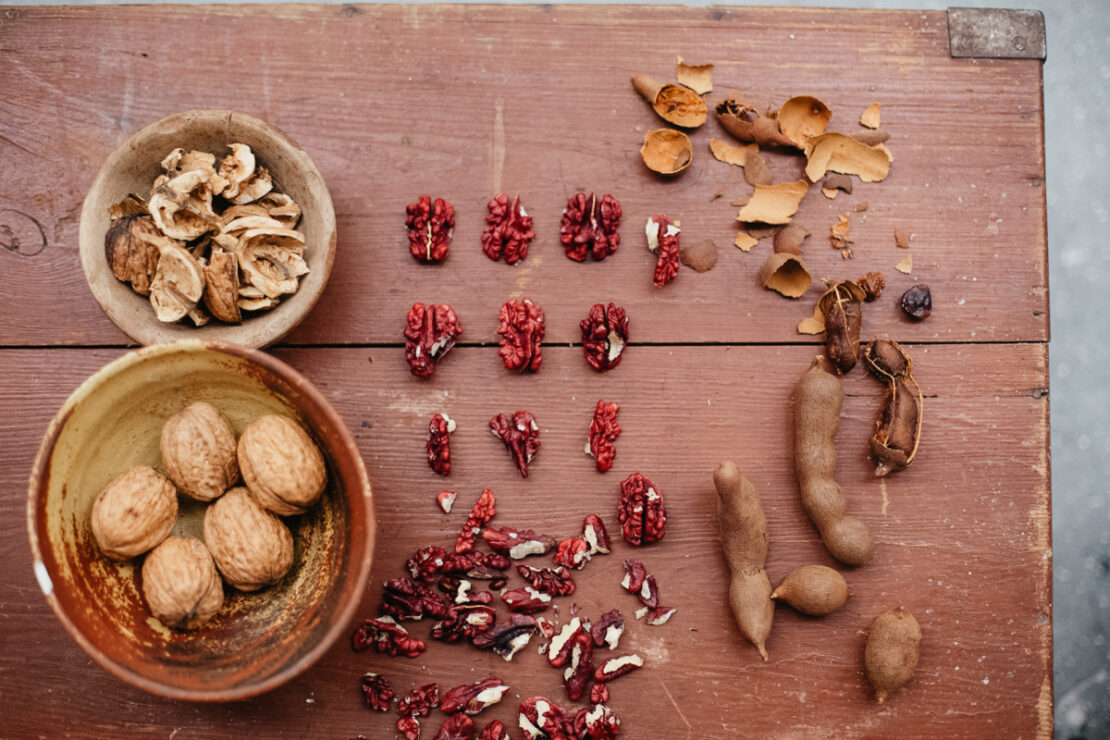
3 Foraging Inspired Recipes for Autumn
These mushroom burgers, mushroom tart, and walnut pie were inspired by a foraging outing in the woods. This particular walk in the woods was the first time I collected large parasol mushrooms. I used them for dinner (délicious!) to make mushroom burgers fried in buckwheat flour and black sesame seeds. I also incorporated the mushrooms…
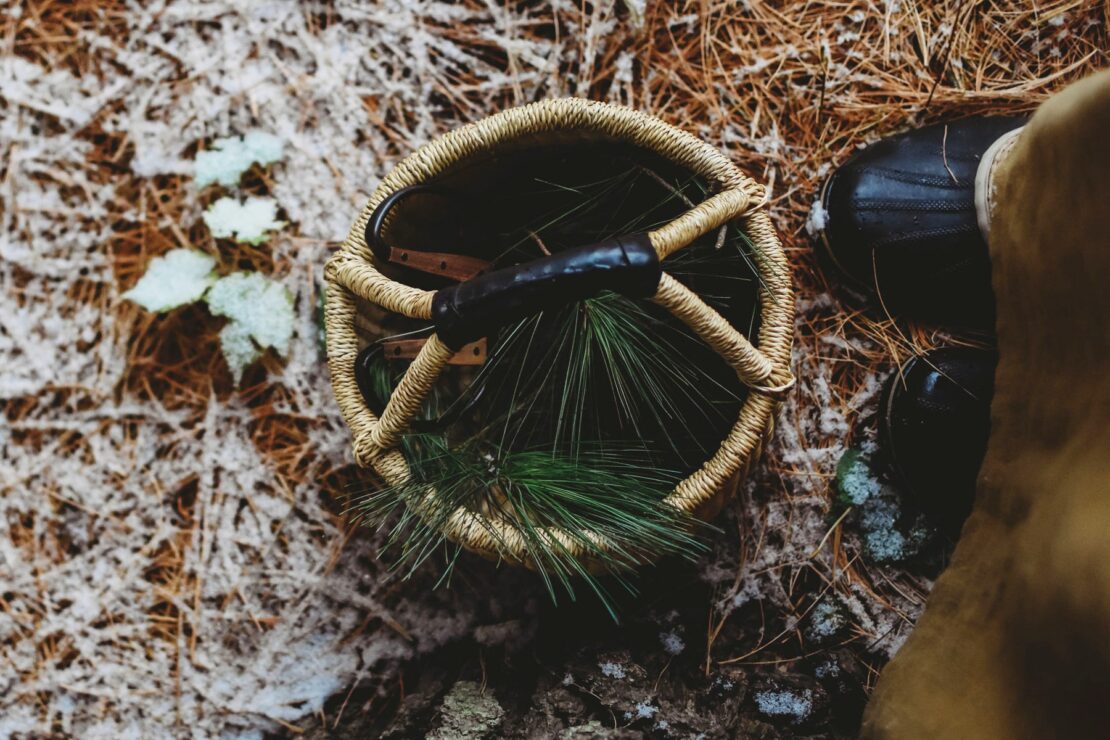
How to Correctly Identify and Use Evergreens for Internal and External Use
Attempting to correctly identify evergreen trees can be challenging. Evergreens get their name because the leaves, or needles, stay “green forever.” No matter the weather outside, you can always rely on evergreens to be green throughout the seasons. But if you plan on using some parts of the tree for herbalism, it’s important to correctly…
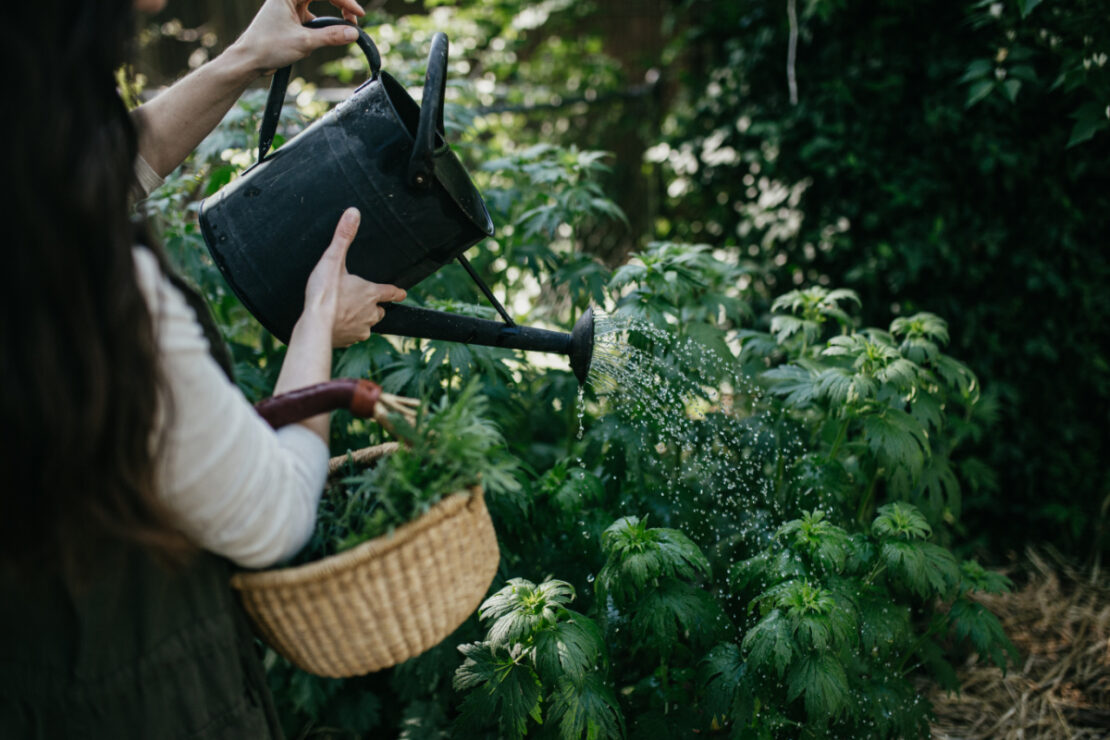
Motherwort Benefits + Recipe
Motherwort (Leonurus cardiaca) is a striking plant. Growing as tall as 5 feet, it bears the signature square stem and opposite leaves of the lamiaceae family. The leaves of this plant are toothed and palm-shaped, waving a warm hello to all that pass (Chevallier, 2000). In this post, we will discuss gathering and using motherwort,…
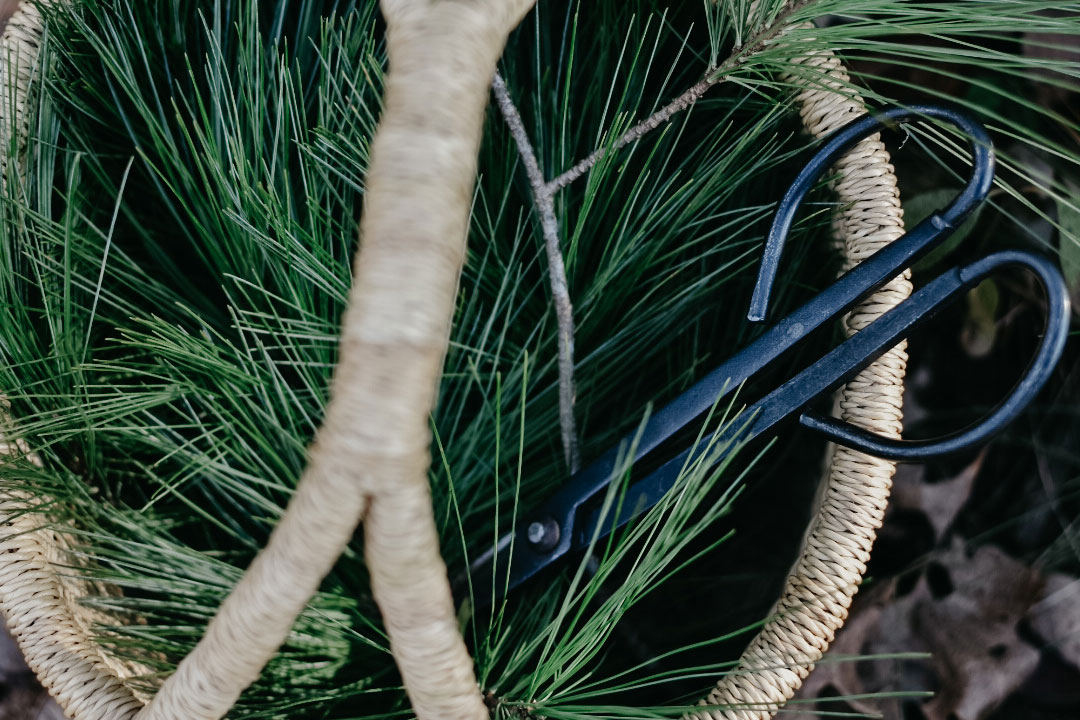
Your Guide to Winter Foraging
Something magical happens in the winter. Our pace slows, the world grows quiet, and we cozy up in our homes with a more inward focus. We’re inviting you out into the quiet world and beckoning you away from your snug nest to go with us on a winter foraging journey. Despite the drop in temperatures,…
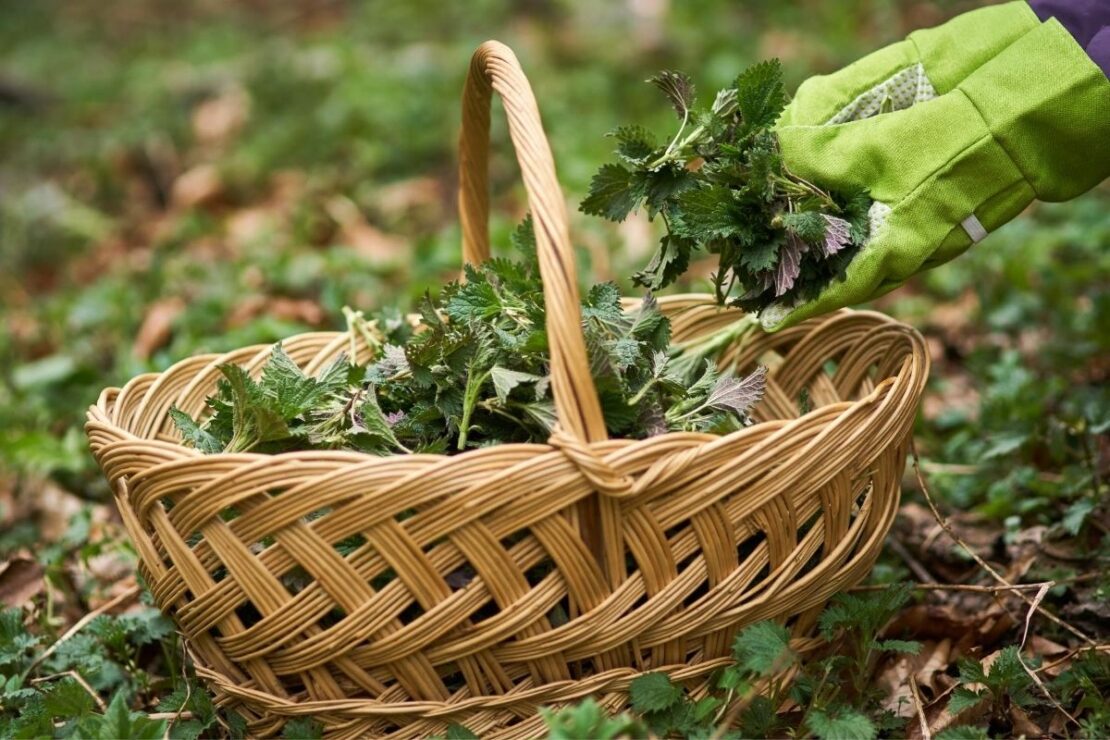
A Foraged Feast: Nutritional Value of Edible Wild Food
Since we launched our foraging course, we’ve been fascinated by the nutritional density of edible wild food varieties compared to their cultivated counterparts. As a sneak peek into The Foraging Course, we’re diving into this topic with an excerpt pulled directly from Lesson 2. Wild edibles tend to contain more beneficial nutrients like vitamins and…

7 Reasons to Forage Wild Food and Herbs
Before the advent of agriculture, our ancestors were hunter-gatherers, relying on the wild food and herbs they brought home in their baskets to keep them alive and well. Foraging is a way to return to those ancestral roots and re-learn what our ancestors knew: that nature provides an abundance of botanicals that can be consumed…
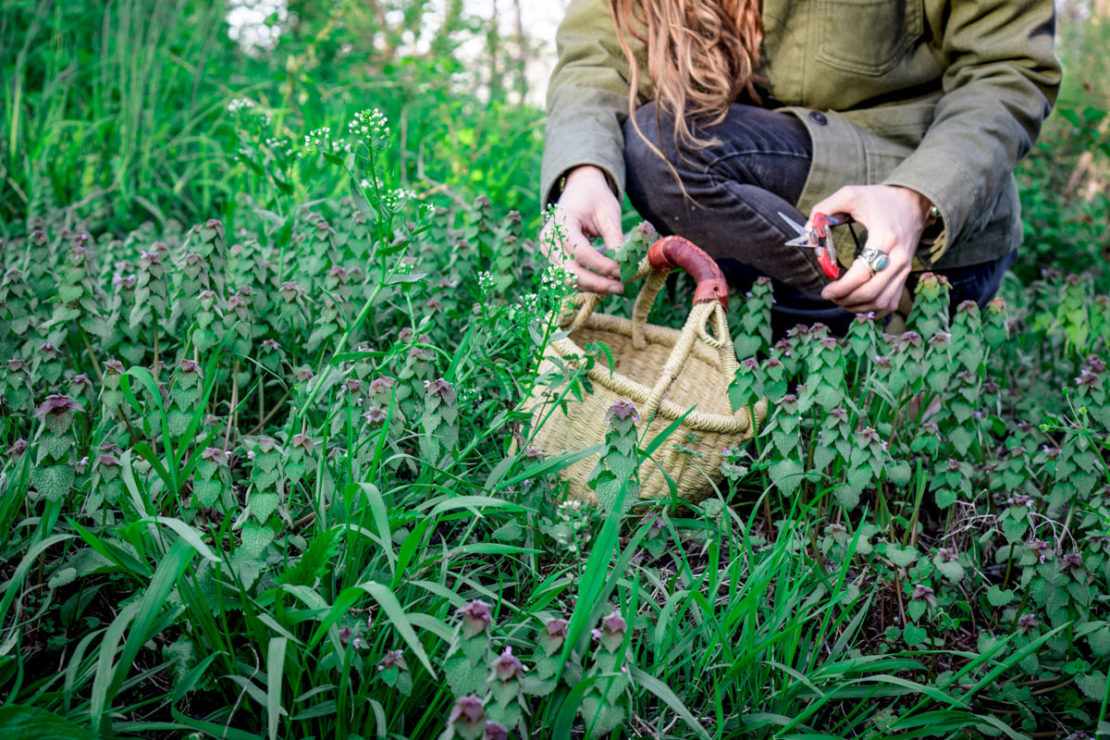
Purple Dead Nettle: Nutrition and Recipes
If you enjoy foraging and using plants that grow naturally around you, then purple dead nettle (Lamium purpureum) is a wonderful plant to become acquainted with. Available across most of the United States, this common “weed” is easy to find and its mild flavor blends well with a wide variety of recipes—from salads and smoothies…
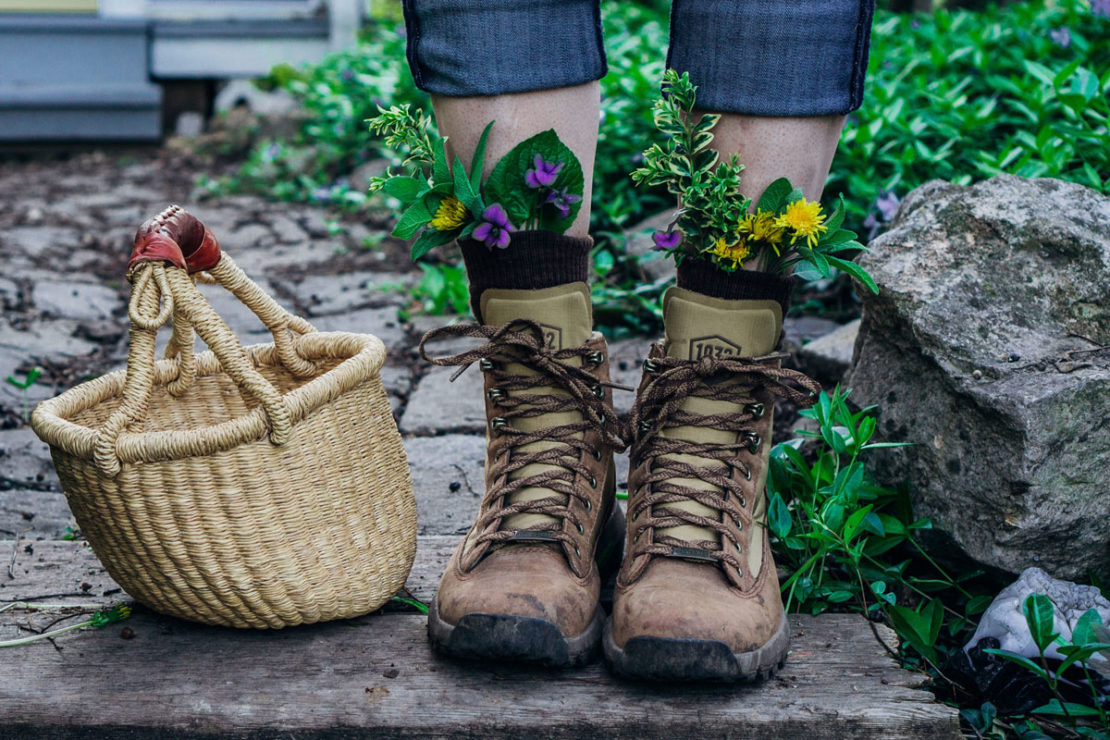
Introducing Our NEW Foraging Class!
As herbalists, we are passionate about all things botanical, and foraging is top of the list! With spring in full swing and summer inching closer, we are enjoying our foraging forays and plan for even more time in the fields and forests as the green world bursts into a riot of growth! To make the…
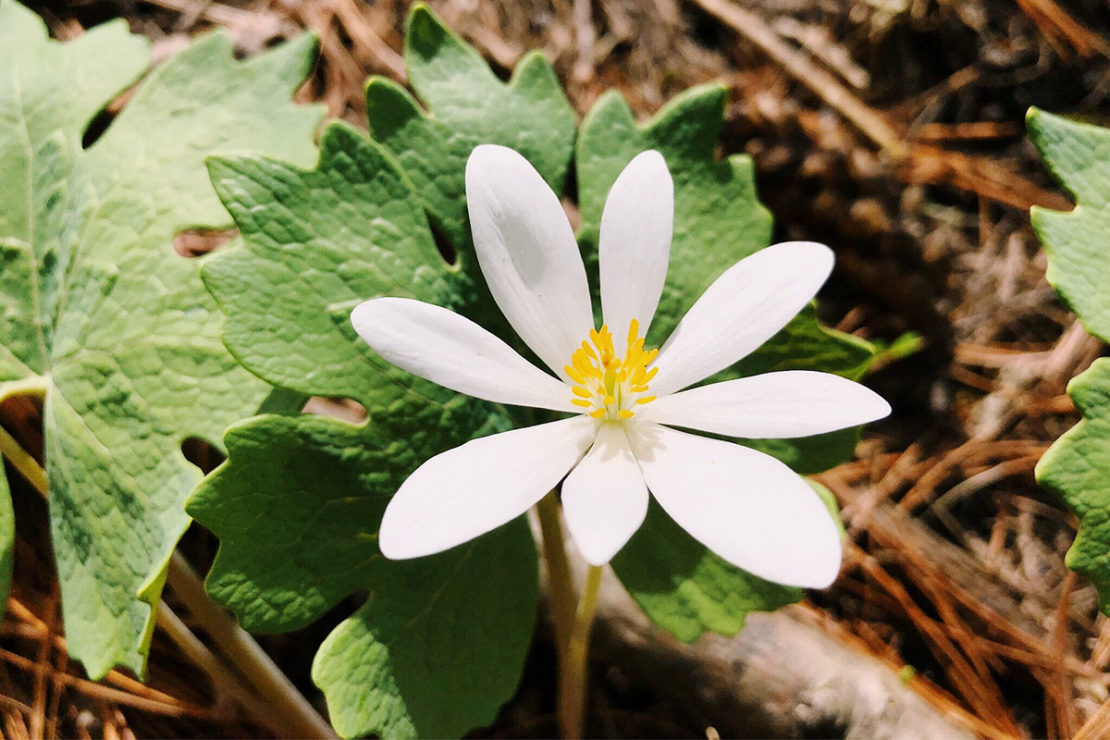
12 At-Risk Plants NOT To Harvest This Year
Late spring and summer are ideal times for harvesting plants. This is because, by this time, most plants have developed to the point where their identifying characteristics are obvious—leaves are often fully grown, flowers have blossomed, and some plants are already forming seeds, each of which makes plant identification easier. While most in the herbal…
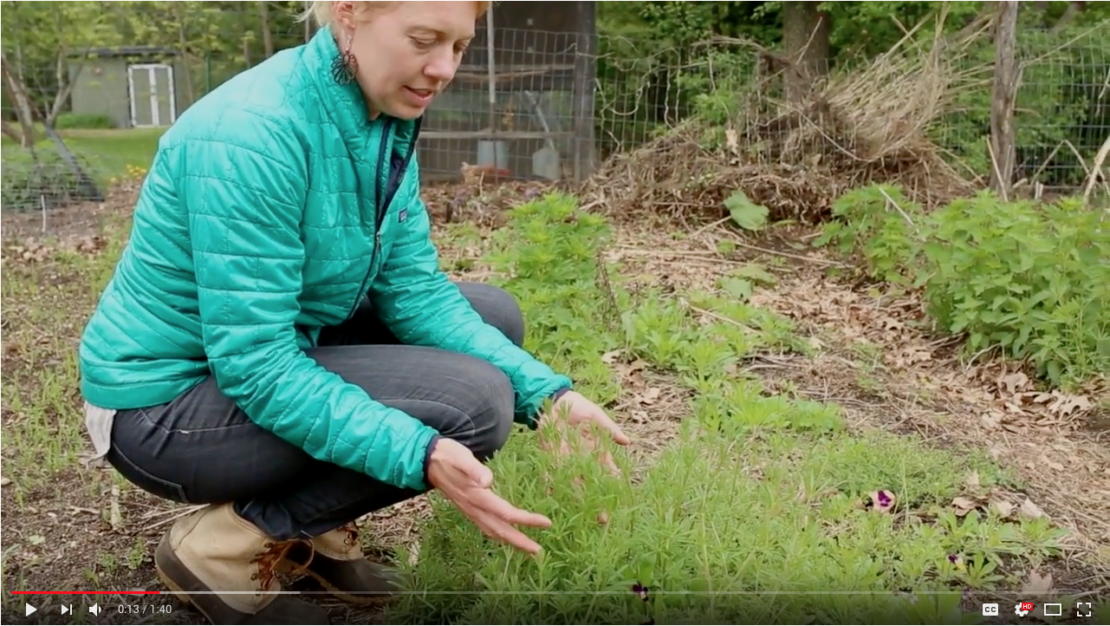
Learn To Identify Cleavers In Our Newest Plant Walk Video
We’re back with another plant walk video from Herbal Academy Assistant Director, Jane Metzger. In this video, Jane will be showing us how to identify cleavers as well as sharing some common preparations this plant is used in. Just click play on the video below or watch it on our YouTube channel. Cleavers Name/Family: Cleavers, Galium aparine…


